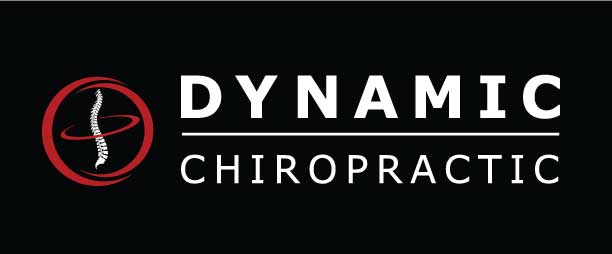Child With Asthma Helped With Chiropractic - A Case Study
The scientific periodical, the Journal of Pediatric, Maternal & Family Health, reports a case study published on August 4, 2011, documenting the improvement of a toddler with asthma while under chiropractic care.
 The authors of the study begin by noting, "Chiropractors are the most common complementary and alternative medicine (CAM) providers visited by children and adolescents and among the most common reasons for seeking chiropractic care for children are attention deficit hyperactivity disorder, sleep problems, asthma, and sinusitis." They also noted how common a problem this is by stating, "Asthma in children is very prevalent in the general population with nine million U.S. children under 18 being diagnosed with asthma. In 2005, an estimated 7.7 percent of people (22.2 million) currently had asthma."
The authors of the study begin by noting, "Chiropractors are the most common complementary and alternative medicine (CAM) providers visited by children and adolescents and among the most common reasons for seeking chiropractic care for children are attention deficit hyperactivity disorder, sleep problems, asthma, and sinusitis." They also noted how common a problem this is by stating, "Asthma in children is very prevalent in the general population with nine million U.S. children under 18 being diagnosed with asthma. In 2005, an estimated 7.7 percent of people (22.2 million) currently had asthma."In this case, a 23-month-old girl was brought to the chiropractor by her parents for chiropractic care. She had been suffering from asthma, digestive problems, and was getting frequent colds. At the time of her initial chiropractic visit the child was on two different antibiotics, several different asthma medications and under regular medical care. Since the parents had been to a chiropractor, they decided to see if chiropractic could help their daughter.
A chiropractic examination showed an overall decrease in the child's neck range of motion, as well as multiple postural abnormalities. There were multiple areas of spinal sensitivity, and thermal heat reading of the spine showed imbalances. From the examination, a determination was made that subluxations were present in the neck and mid back of the little girl.
Subluxations are when one or more of the bones of the spine (vertebrae) move out of position and create pressure on, or irritate spinal nerves. Spinal nerves are the nerves that come out from between each of the bones of the spine. This pressure or irritation on the nerves then causes those nerves to malfunction and interfere with the signals traveling over those nerves.
Chiropractic care was initiated at the rate of 2-3 visits per week for the initial 4 weeks, then reduced in frequency. Regular re-evaluations were performed to monitor the child's progress. The case study reported that approximately 11 months after care was begun, the child’s parents reported a 90 percent improvement of their little girl’s condition with no more "real breathing episodes" being reported. Five months later, the child no longer needed asthma medication, and was much healthier overall.
